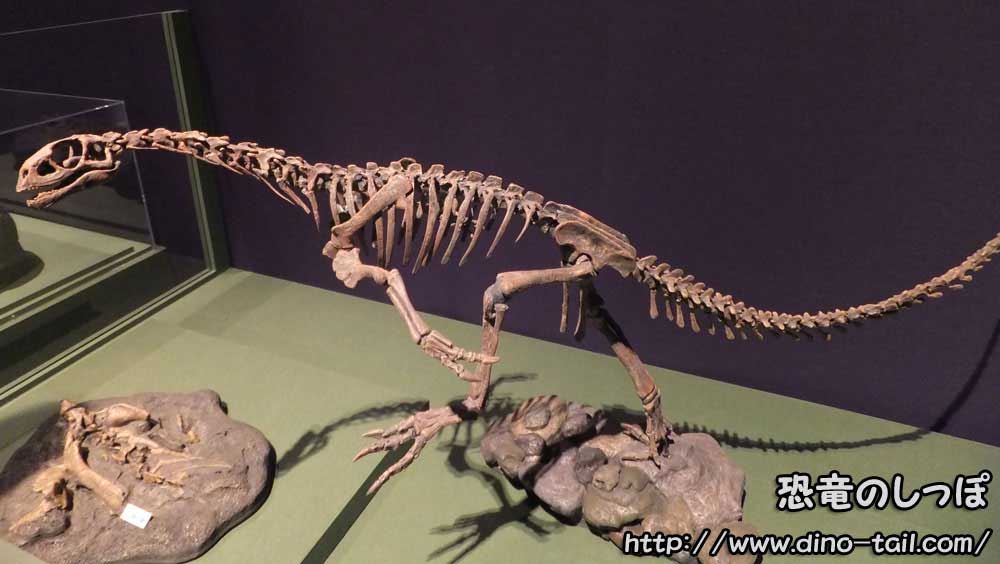A Herbivorous Theropod in the Jurassic - Chilesaurus
Published:
A strange new species of dinosaur has been found in Late Jurassic strata in southern Chile. Named "Chilesaurus diegosuarezi," this dinosaur was published in the British scientific journal NATURE.

Because it combines features of multiple dinosaur groups, it was initially thought (when first found in 2004) to be the fossils of three different dinosaur species. Further research concluded that they belonged to the same species.
The research team described it as "like a platypus," because the platypus also combines features of many different animals, with a duck-like bill, a beaver-like tail, and otter-like feet.
The pelvis of Chilesaurus has features of ornithischians like Stegosaurus and Triceratops, and its four-toed, wide hind feet are like those of sauropodomorphs, to which Brachiosaurus belongs. Its hind legs show features of theropods, which include Allosaurus and Tyrannosaurus.
The research team classified the bizarre Chilesaurus as a "theropod."
Based on the shape of its teeth, they reported that "this theropod was herbivorous."
Theropods, which include Allosaurus, Tyrannosaurus, and Velociraptor, are predominantly carnivorous or omnivorous dinosaurs. While some herbivorous theropods were known among species close to birds that lived in the Cretaceous, the existence of a herbivorous theropod from the Jurassic is a new discovery.
The discovery of a Jurassic herbivorous theropod is expected to advance the discussion on dinosaur evolution.
